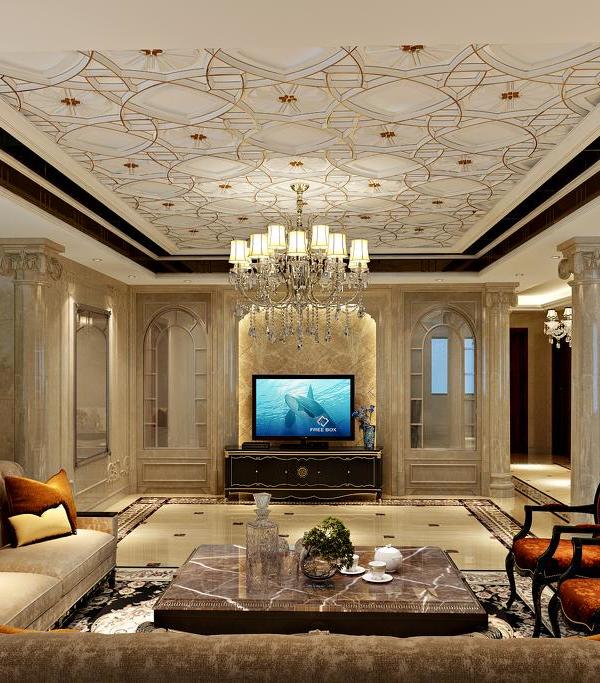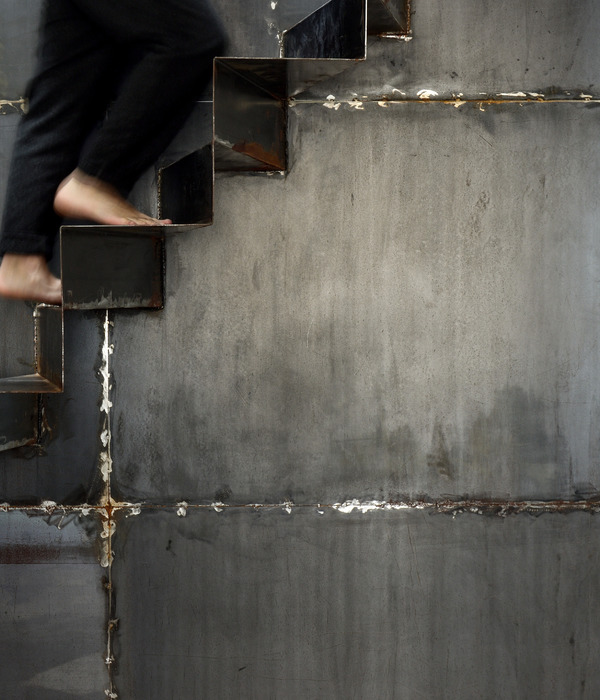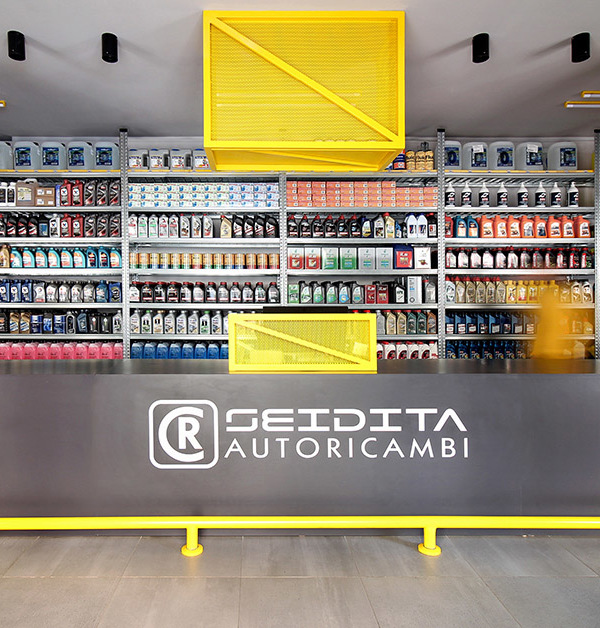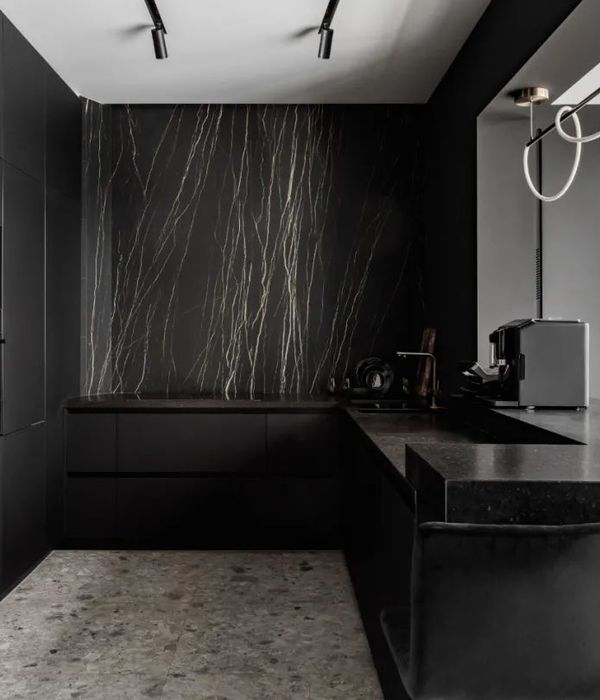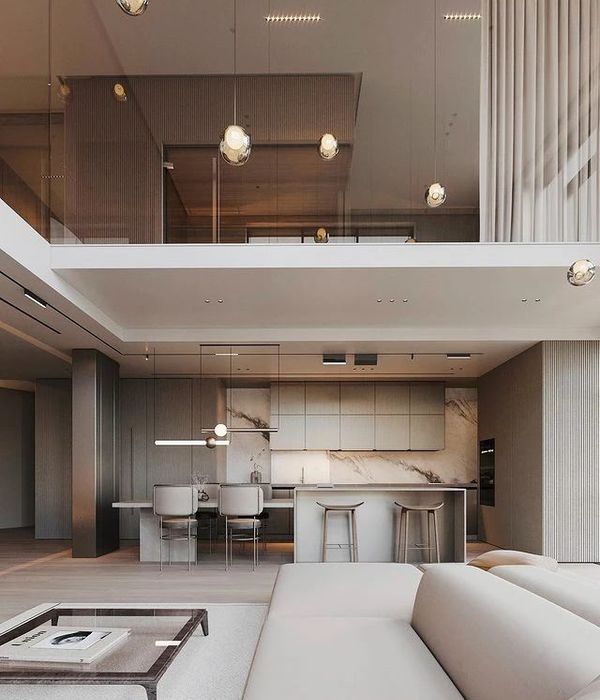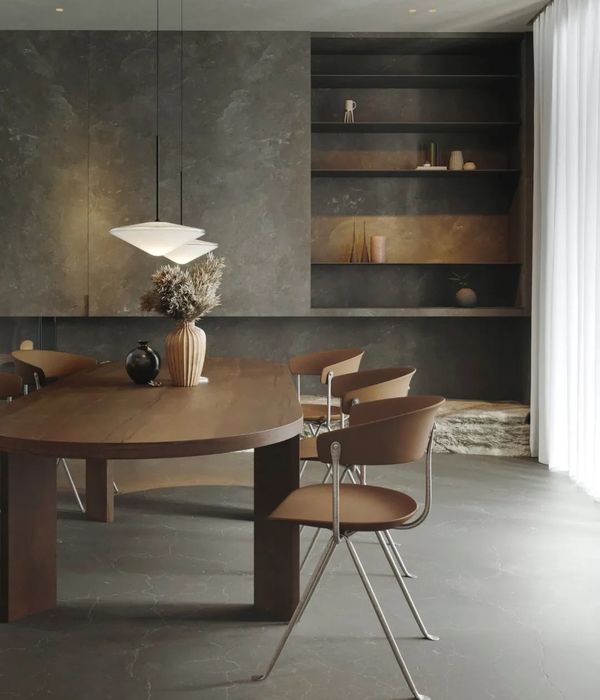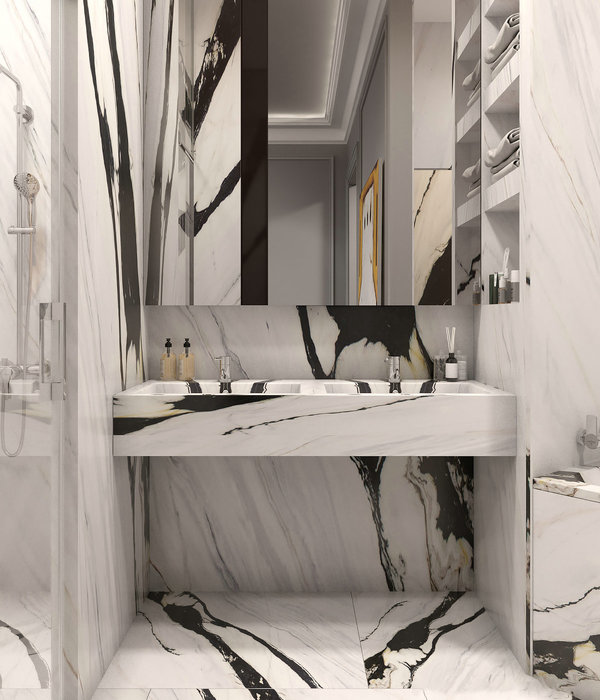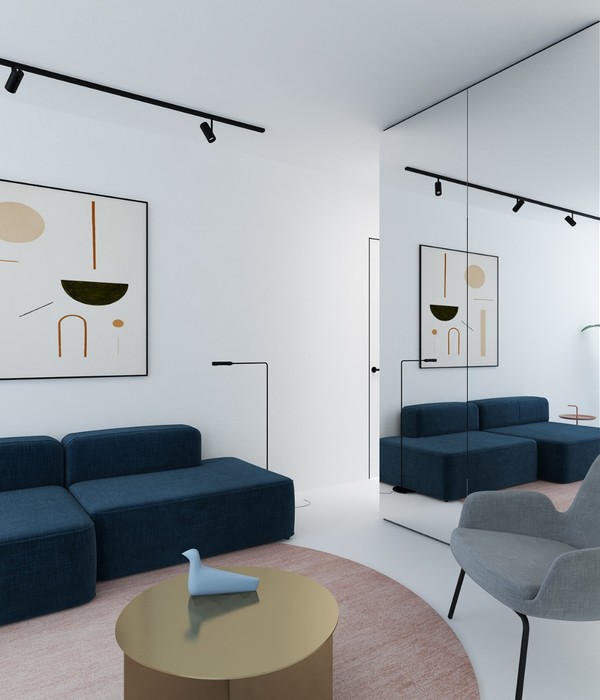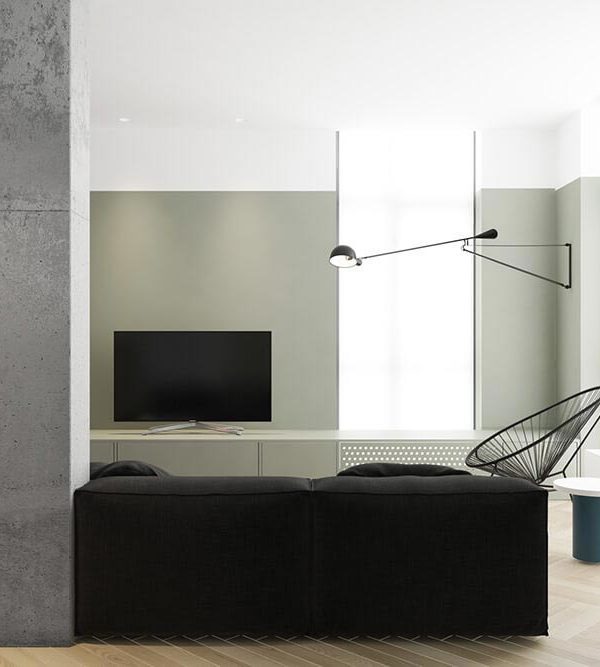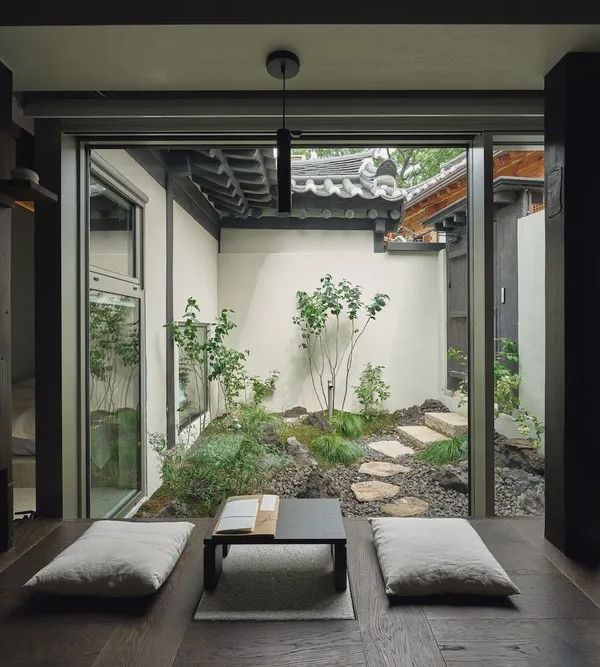The house was originally built on the seventeenth century and partially resisted to the Lisbon earthquake of 1755. In addition to the presumed arrangements that followed, it was submitted to several interventions that partially altered the interior and exterior space creating a variety of confusing solutions. Nevertheless it was able to maintain it’s patrimonial value mainly recognized for the interior wall coatings in the traditional old azulejo.
The renewal work aims to rebirth the individuality of the building with interventions both on the interior and exterior in terms of definition of space, finishes and technical infrastructures, as well as the functional adaptation to the use of a seven bedrooms single-family house, including an annex working as a three bedrooms apartment.
The partial interventions that have a relevant impact on the elevations are the new terraces with white iron structures that creates new shadow areas on the south and north gardens. They stand out in a way that it’s perfectly identifiable with the present time being assumed in their own materiality. At the same time are create a new dialectic with the pre-existent morphology.
The intervention identifies two basic intentions: a) to emphasize the historical and patrimonial aspect of the building, b) to assume contemporaneousness and reversibility of the specific exterior interventions. The exterior renewal consists mainly on the building finishes, window frames and doors to be recovered, solutions for drainage of rainwater, cleaning and replacement of some roof tiles and the recovery, etc.
architect in charge António Costa Lima team André Ribeiro João Almeida André Cunha area 1000m² photography Francisco Nogueira
[PT]
Casa no Príncipe Real
A casa é originária do século XVII, tendo resistido ao terramoto de 1755. Para além dos presumíveis arranjos que ocorreram a seguir, foi objecto de diversas intervenções que foram parcialmente alterando a organização do seu espaço interior, bem como uma pequena parte da sua fisionomia exterior, descaracterizando e confundindo uma leitura de conjunto. No entanto, manteve sempre o seu valor patrimonial reconhecido principalmente pelos diversos e valorosos painéis de azulejo de diferentes datas que revestem grande parte dos seus espaços mais nobres.
A intervenção no interior consiste na recuperação do edifício como um todo, quer nível do interior como do exterior, de todos os seus acabamentos (incluindo os de carácter patrimonial), na instalação de novas infraestruturas técnicas, e na adaptação espacial ao uso original de habitação unifamiliar, neste caso em tipologia T7 mais anexo a funcionar como apartamento de tipologia T3. No exterior as obras visam a recuperação e pintura dos acabamentos, nomeadamente paredes, portas e caixilhos.
As intervenções parciais que têm um impacto relevante nas elevações são essencialmente os novos terraços com estruturas metálicas pintadas de branco que criam novas áreas de sombra nos jardins sul e norte. Estes objectos destacam-se de uma forma perfeitamente identificável com o tempo presente, assumida na sua própria materialidade. Ao mesmo tempo, criam uma nova dialética com a morfologia pré-existente.
Assim a intervenção assume duas premissas: a) valorizar a componente histórica do edifício, b) assumir a contemporaneidade e reversibilidade das intervenções pontuais no exterior. A recuperação do conjunto edificado existente no exterior, passa essencialmente pelos acabamentos do edifício, caixilharias e portas em madeira a recuperar, soluções de escoamento de águas pluviais, limpeza e substituição de alguma telha partida na cobertura, etc.
{{item.text_origin}}

